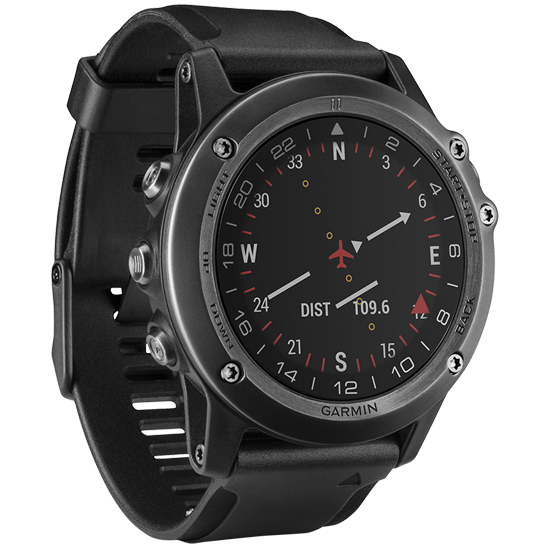
There's a lot of information to view on the Forerunner 735XT itself, and it can be overwhelming. MORE: Who Has the Most Accurate Heart Rate Monitor? View workout details and you also see top speed, average and maximum heart rate, calories burned and Training Effect. For my short runs, my Training Effect number was between 3 and 4 (improving), but it was 4, or highly improving, on my longest run.įor biking, you can view distance, pace and average speed at a quick glance. There's also a Training Effect number, which uses your heart rate to measure the intensity of the exercise to indicate if you are simply maintaining your fitness level or improving it. I've been running for almost 21 years, and I never knew this. I learned that I max out at just under 180 strides per minute, which Garmin said is the target for most runners. After an 8.8-mile run that took about 68 minutes, the Forerunner 735XT told me I would need about 36 hours to recover.Īs you view workout details on the watch, there's even more data, including calories burned, elevation and run cadence (or strides per minute). The watch will also provide an estimated recovery time for the workout, again based on intensity and duration.

For running, these records include fastest 5K, fastest 10K and longest run. DataĪfter you save a workout, the Forerunner 735XT will tell you if you set any personal records during that workout. On two separate 500-step walks, the Forerunner 735XT counted 503 and 497 steps. This was a bit more accurate than my Fitbit Surge, which measured those runs as 3.05 and 3.13 miles.įinally, the pedometer is also on point. The watch seems to measure a greater range of heart rates than the chest strap.Ī Move bar on a watch that's designed for serious athletes who are self-motivated to exercise seems unnecessary.Īs for distance, the Forerunner 735XT measured the same running route as 3.02 and 3.03 miles, compared to about 3.05 miles when I mapped it on the Gmap Pedometer (now Milermeter). This wasn't surprising, as chest-strap HRMs are more accurate than those worn on the wrist, but it was a bit disappointing, given the cost of the Forerunner 735XT. Things were better on a second run, when the watch measured a peak HR of 190 and an average of 160 for 10 miles, compared to a peak of 184 and an average of 166 for the Polar device. On a 6-mile run, it measured a peak HR of 187 beats per minute and an average HR of 157, which compared to a peak of 165 and an average of 142 on a Polar chest-strap heart rate monitor. Overall, the Forerunner 735XT's HRM is somewhat accurate. I also noticed that I needed to put the watch on a few minutes before a run (if I wasn't wearing it already) if I wanted the HRM to collect data during a run. After an hour, I realized that the HRM was just calibrating itself, and the heart rate readout on the watch reverted to what was normal for me. When I first put on the Forerunner 735XT, my heart rate was about 30 beats per minute higher than normal, and I was a bit alarmed. But since the display is clearly visible in direct sunlight, I barely noticed this change. Once you start running or biking, the Forerunner 735XT display switches from white text on a black background to black text on a white background. MORE: The Best GPS Watches for Sports and Athletics On subsequent runs, the watch found a signal within seconds - I barely had time to start stretching. Having used watches that sometimes needed 30 seconds or more to find a GPS signal, I appreciated this feature a lot. After a little more than 3 minutes, I saw a notification that the watch had found a signal, and it continued to record the run without a hitch.

No matter - the Forerunner 735XT was able to record distance and pace while also looking for a signal. I started my first run without waiting for a GPS signal. If you have enabled the Forerunner 735XT to receive notifications, you can also view calendar events, the weather and any notifications you usually get on your phone (more on that below). I liked this feature, since it meant that I could look up workout stats without using the Garmin Connect app. Hit the Down button on the watch to cycle through the watch's various screens, which include heart rate, a summary of daily activity and a summary of your last saved workout. The display is easy to read, even in direct sunlight, and packs in a lot of information during and after a workout. (You can also lock the buttons during an activity.) They are also quite tactile you can't push them just by bumping the buttons up against your wrist - which you might do in the middle of a weight- or cross-training workout.

The buttons on both sides of the watch are clearly labeled: Backlight, Up and Down on the left side, and Forward and Back on the right.

The Forerunner 735XT doesn't have a touch screen, but that makes sense, considering it's designed to be worn while you're swimming.


 0 kommentar(er)
0 kommentar(er)
